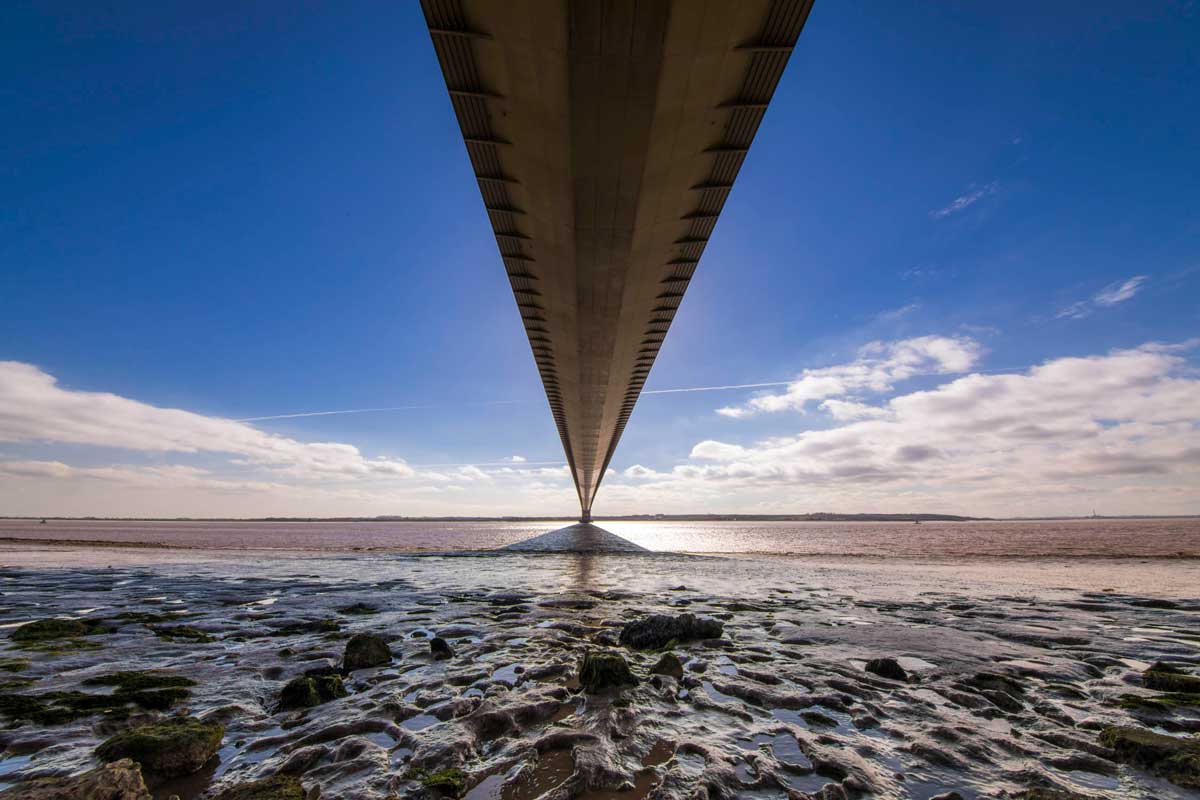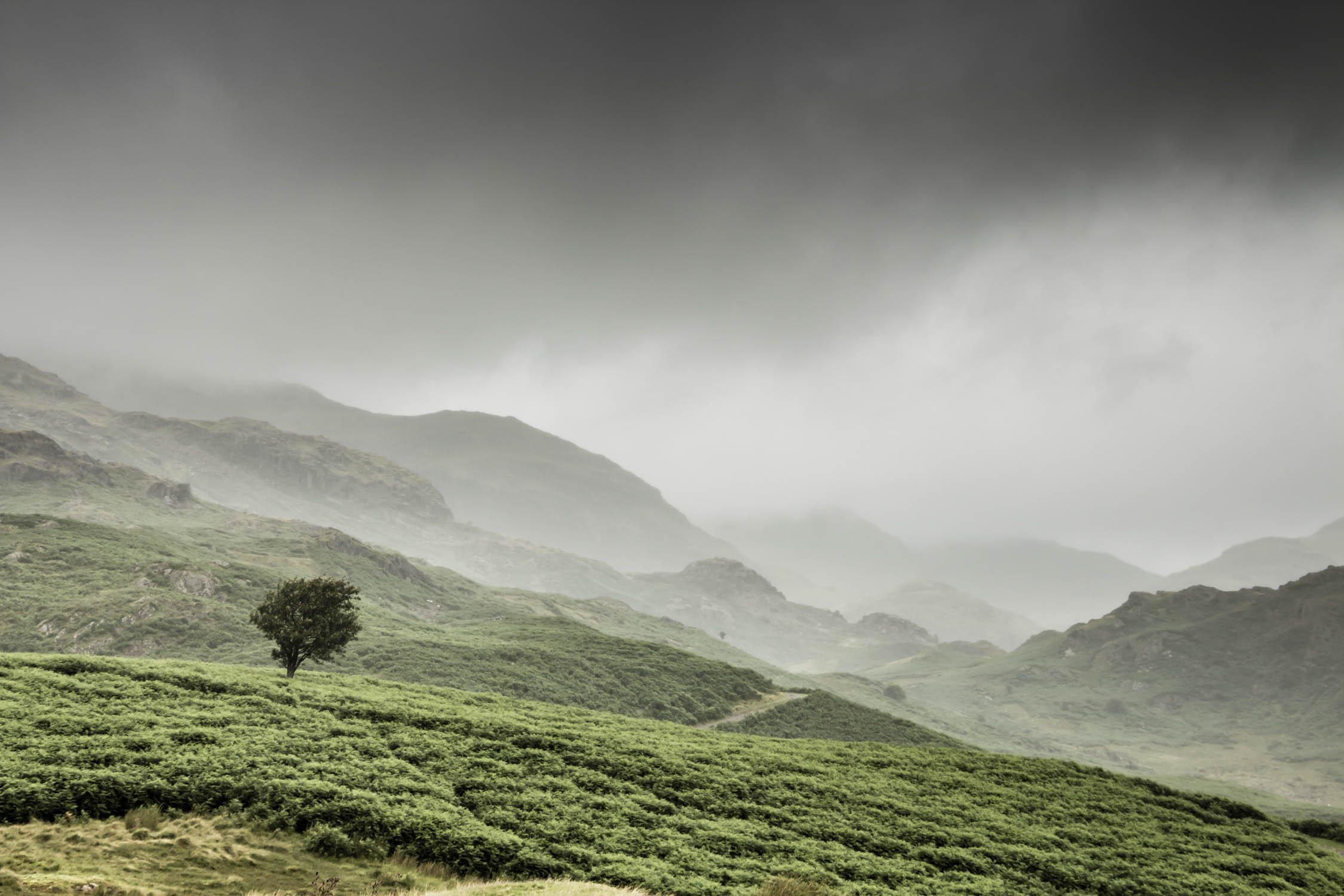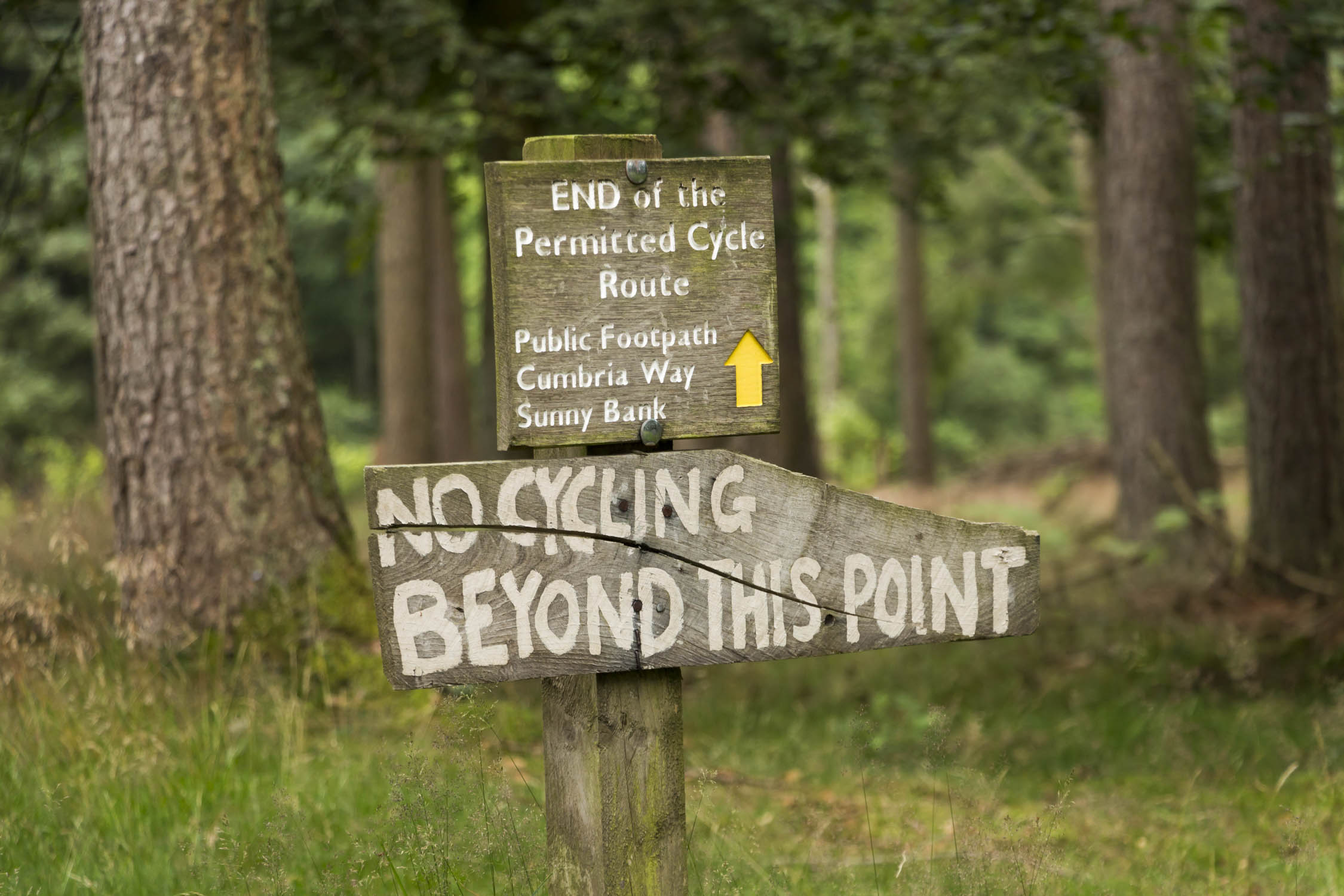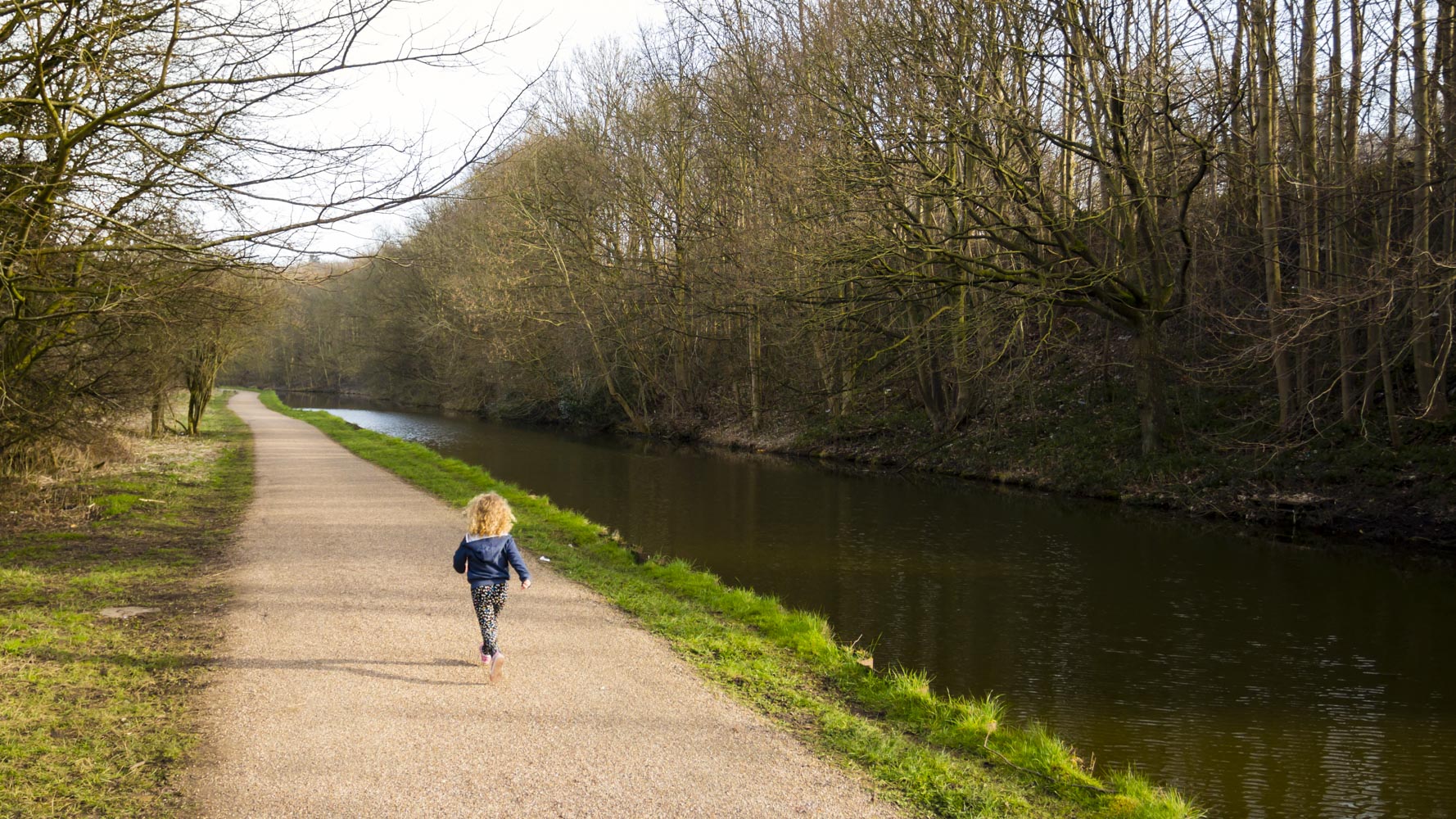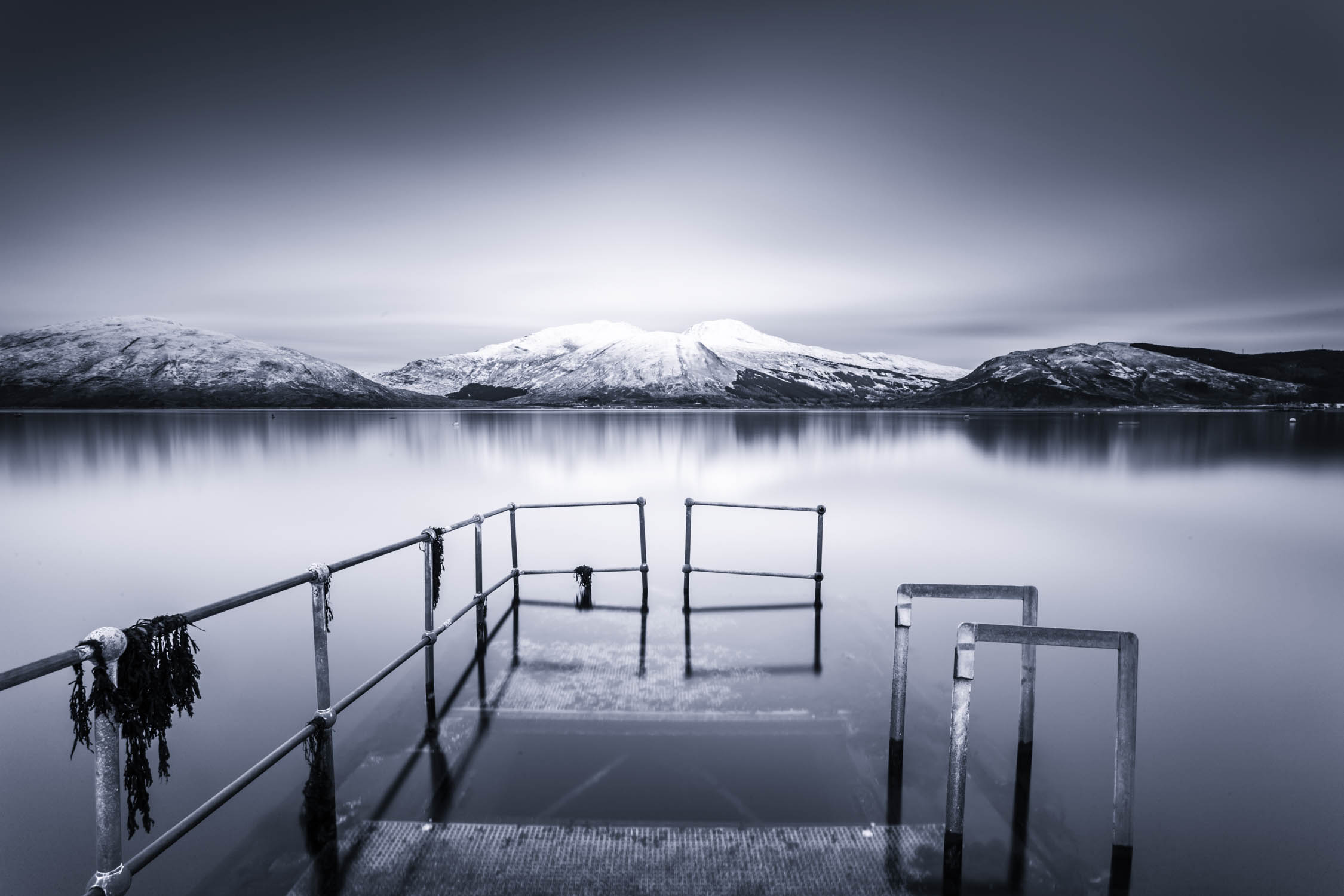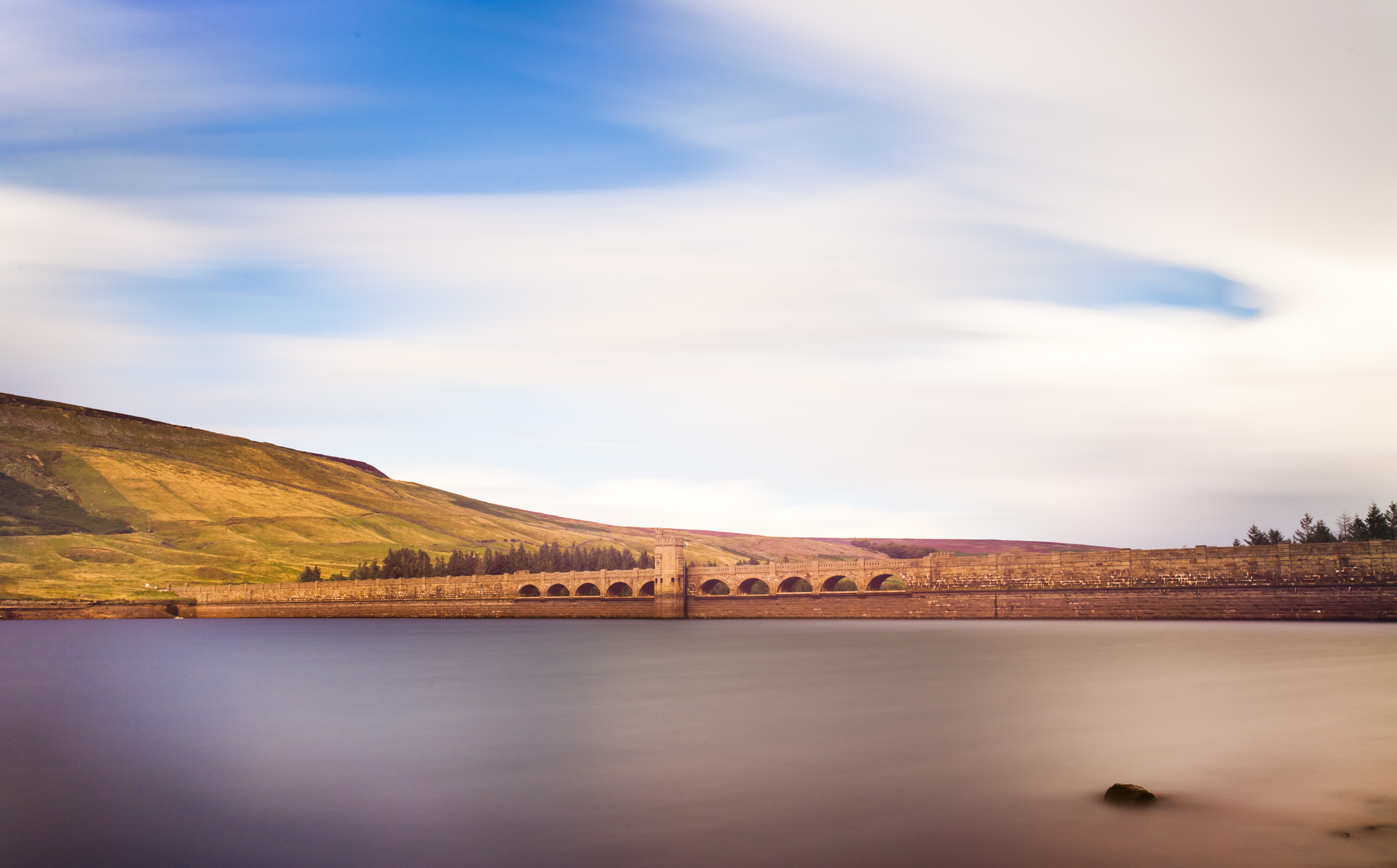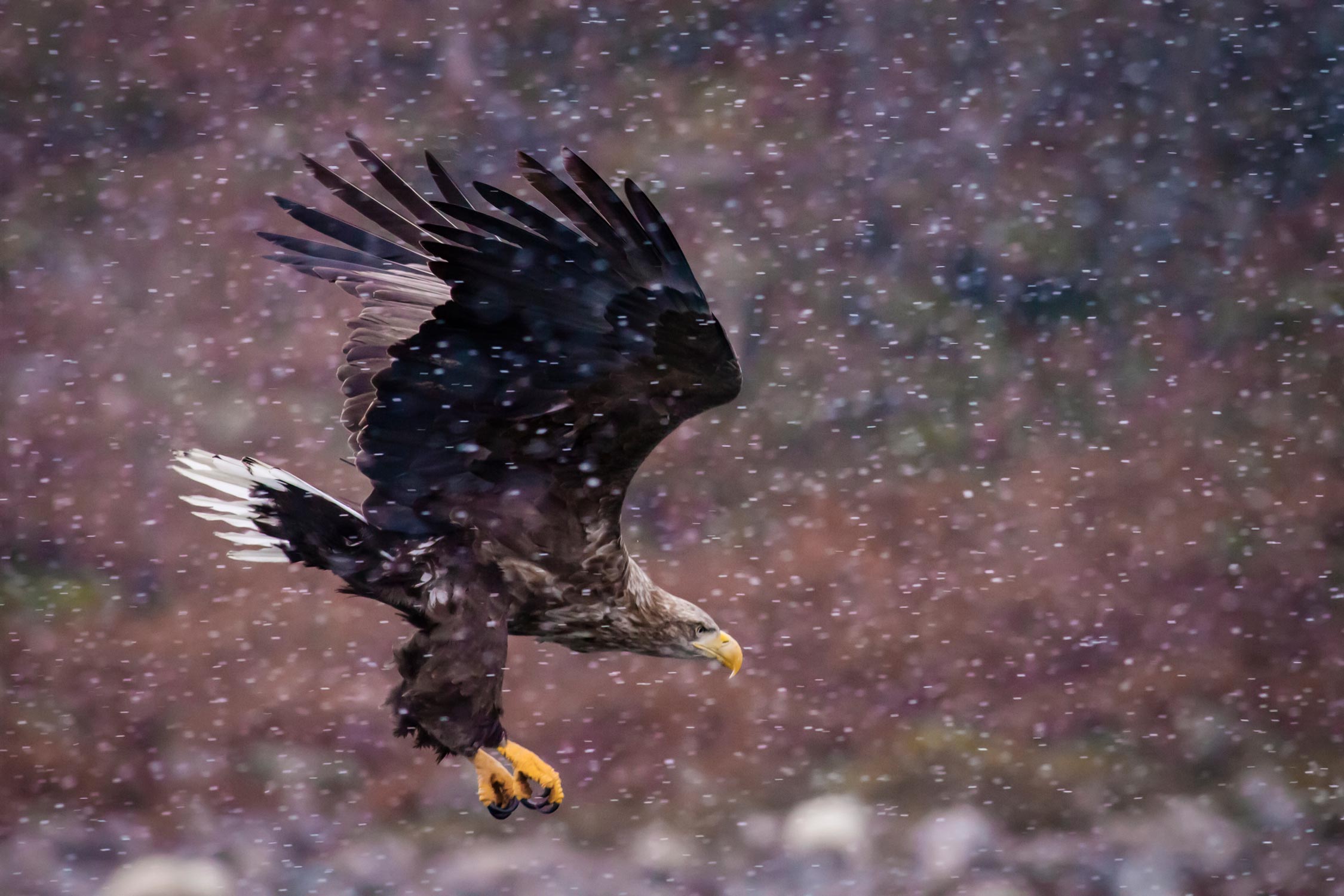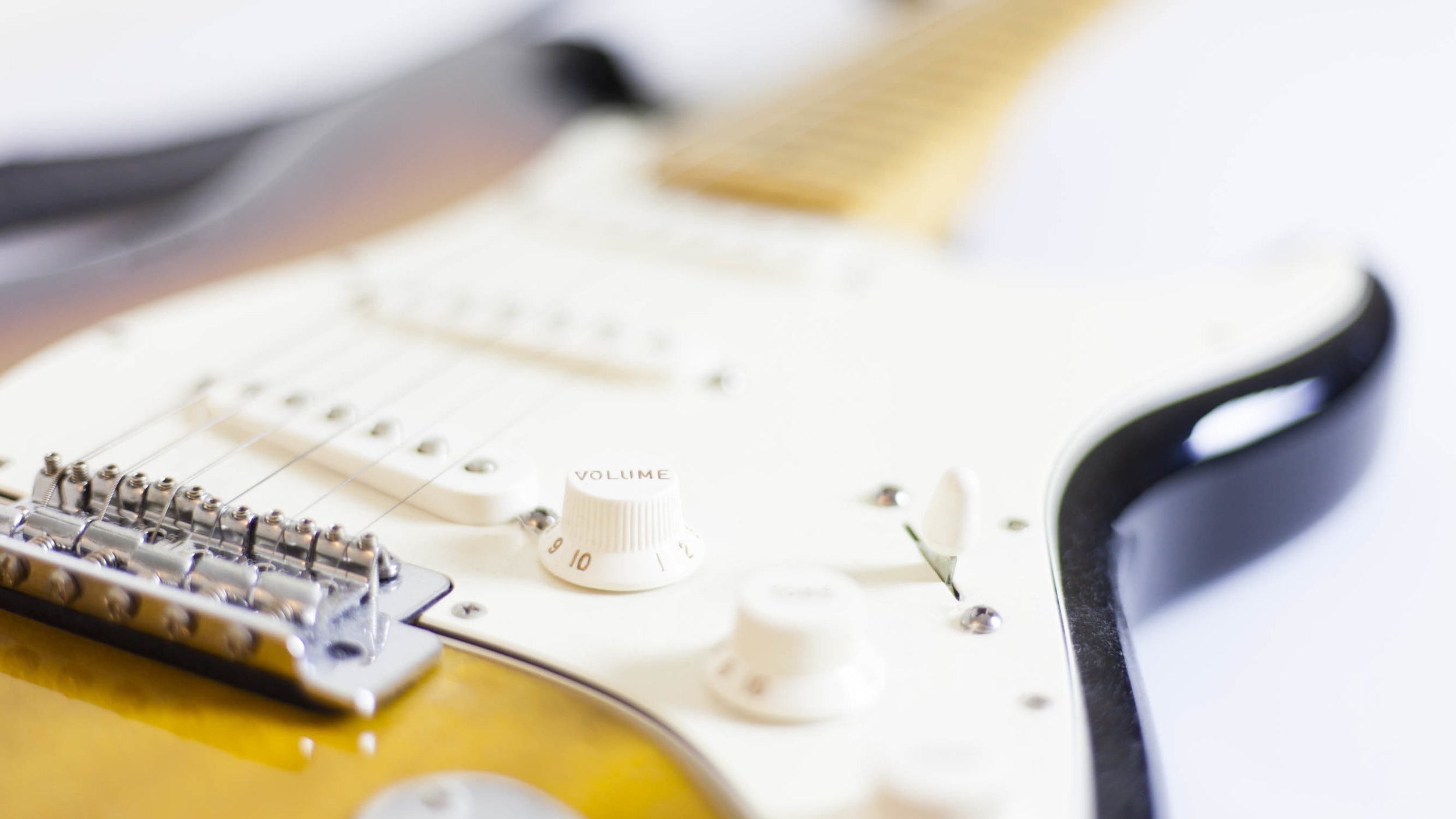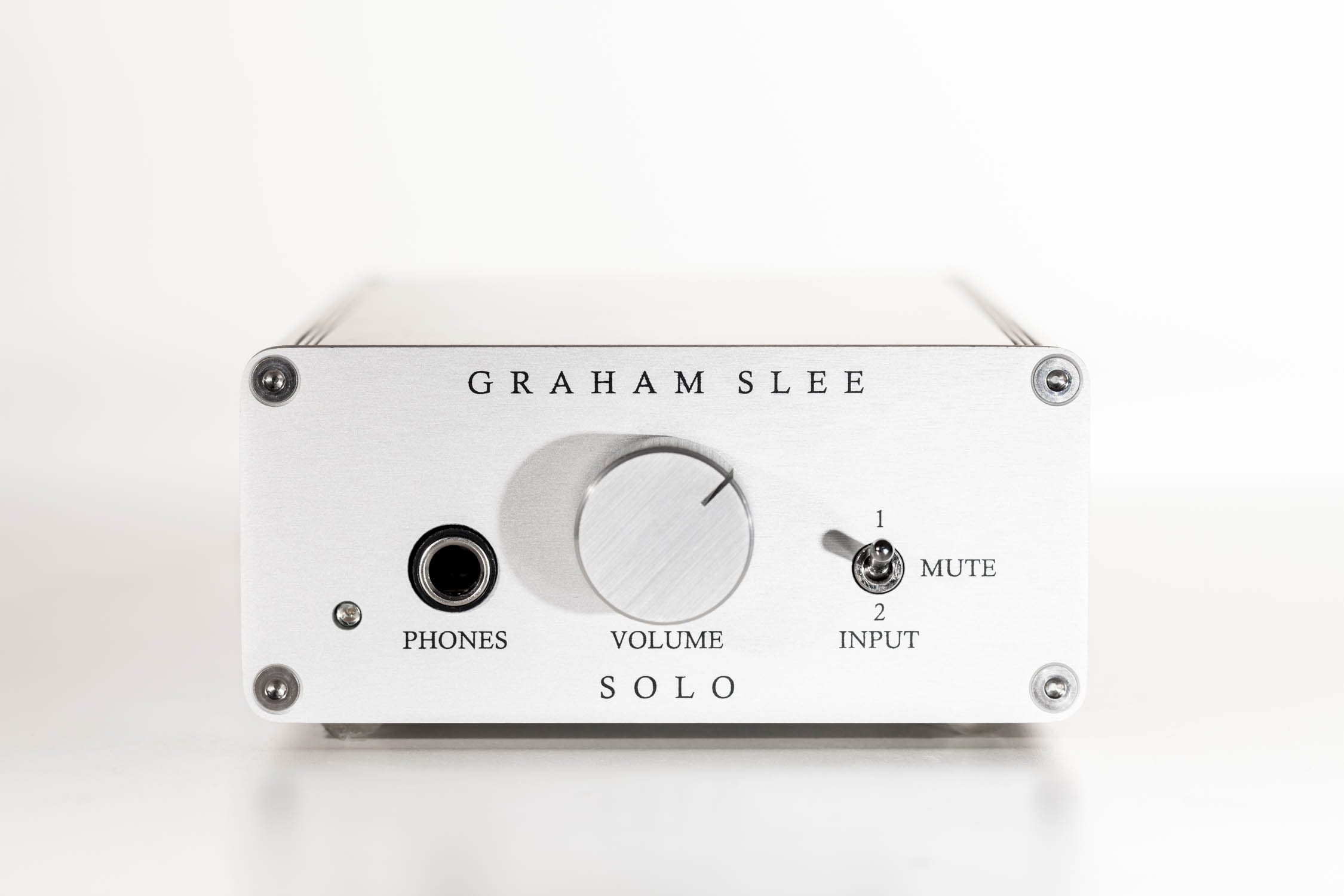We compare the Canon 16-35mm F/4 IS against the older Canon 17-40mm F/4 in a landscape photography setting to see if the upgrade is worth the money.
Get a FREE trial with Squarespace and 10% off your first order - http://bit.ly/PrintsFirstMan
After a recent video some said I should get the Canon 16-35mm to replace my 17-40mm. So I have. But I’ve been talking recently how the gear doesn’t make the photographer so I’m not totally convinced this purchase was required. So I thought I would put it to the test, possibly prove myself wrong, and help you when it comes to making your next lens purchase decision.
Sharpness
There are certain things important to me in a lens when shooting landscape photography. Sharpness is important up to a certain extant. Once an acceptable level of sharpness is reached then I am happy. Most photographs are viewed at a reasonable distance and a normal viewer is not looking at minute details or pixel peeping an image. The overall story is much more important.
Lens Distortion
When working with super wide angles like 16-20mm, distortion can become a real problem and is extremely distracting and prevalent in cheaper lenses. The Canon 17-40mm handles distortion reasonably well so I was interested to see if Canon 16-35mm F/4 IS would be better.
Chromatic Aberration
The coloured soft edges in high contrast areas of an image look extremely unpleasant and can make an image look cheap. Also known as chromatic aberration, one major benefit of a high quality lens is the ability to control it. These days, it can be controlled in post-processing but it results can be hit and miss depending on the image. The Canon 17-40mm can be susceptible to chromatic Aberration, can the 16-35mm improve matters.
When conducting a camera lens review I am also looking at build quality and extras such as IS. Image stabilisation is not important to me for stills. For video, it is much more important so it is still something I look for.
In the video I pit the two lenses against each other at Ribblehead viaduct in the Yorkshire Dales. The Limestone pavement provides some big foreground interest for a shot, something I really wanted to include in the lens review.


